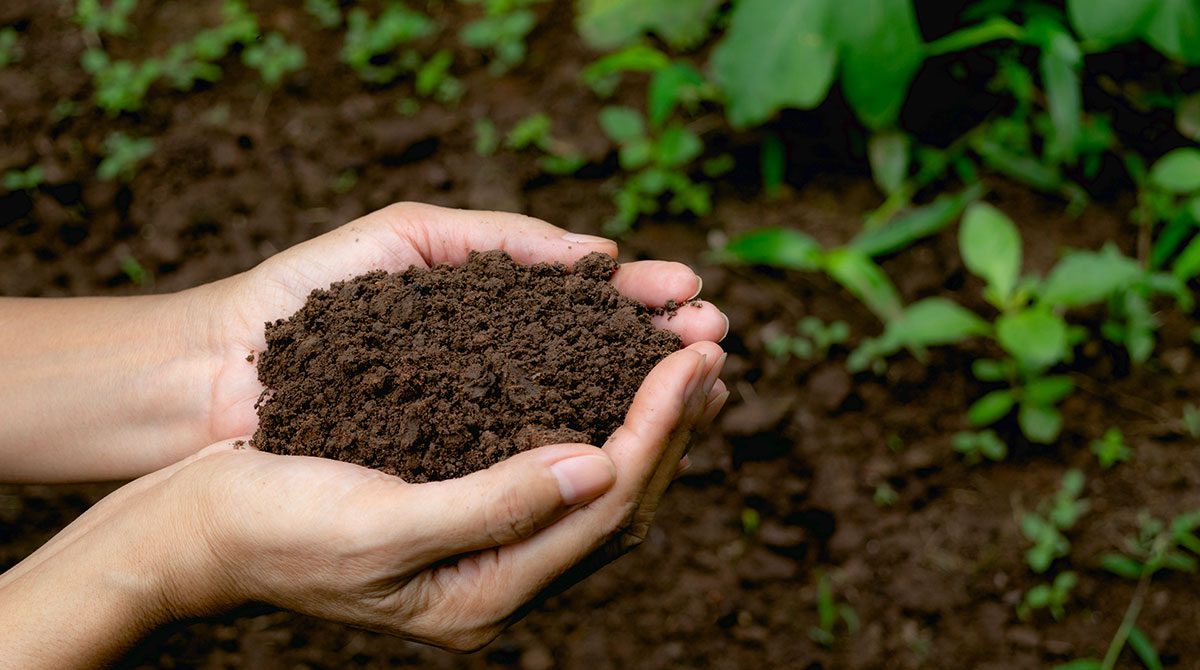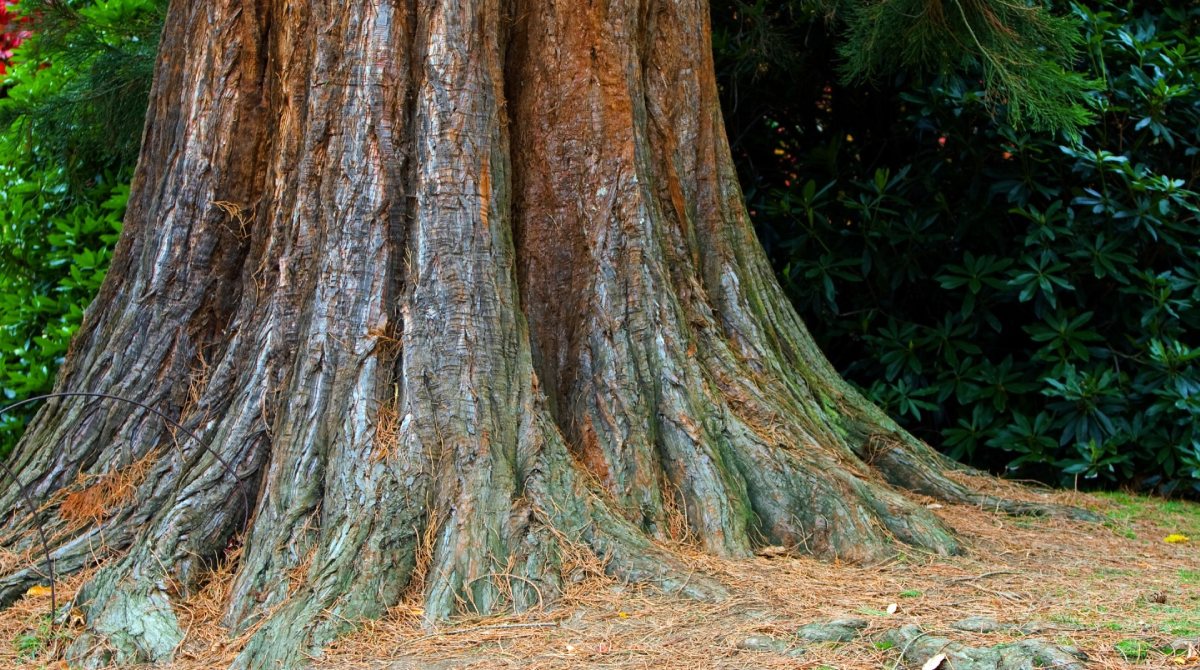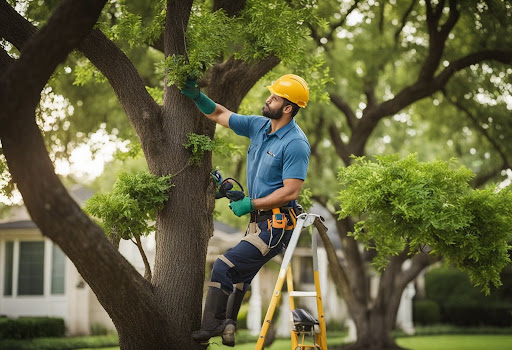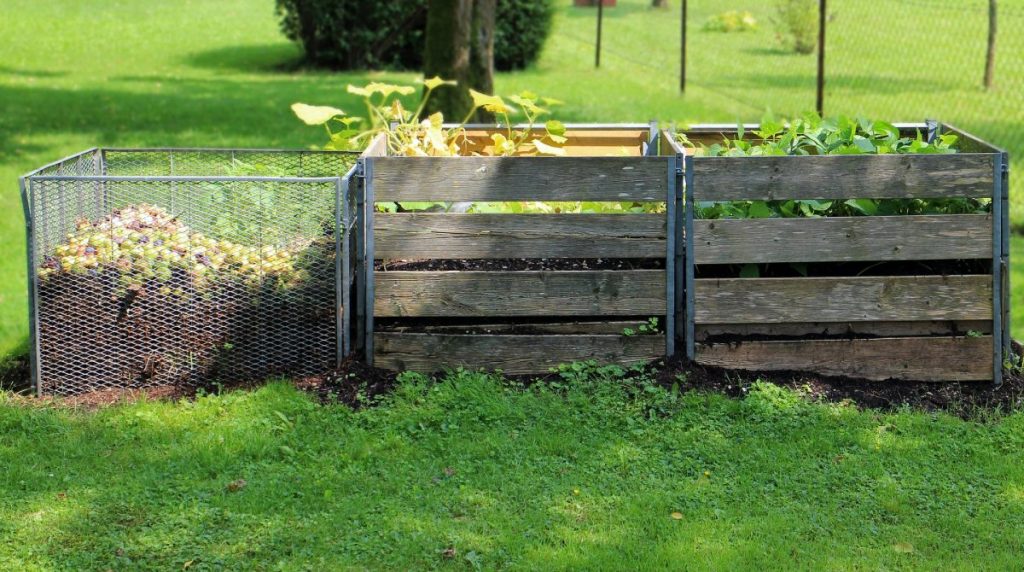
Date July 04, 2025
When it comes to tree care, what you don’t see can be just as important—if not more—than what you do. Healthy trees begin with healthy roots. Often hidden beneath the soil, a tree’s root system is responsible for anchoring it firmly in place, absorbing vital water and nutrients, and supporting long-term growth. When root health is compromised, the entire tree is at risk—leading to instability, poor canopy development, and increased susceptibility to disease or failure.
In this post, provided by the experts at TreeNewal, we’re digging deep into the essentials of tree root health. You’ll learn what common threats to root systems look like, how to prevent damage before it occurs, and what long-term care practices can help keep your trees thriving for decades. From proper planting techniques to advanced soil aeration and root collar inspections, we’re sharing the tools and tips every homeowner should know.
Equally important, we’ll highlight when to bring in an ISA Certified Arborist, whose training and diagnostic tools can uncover issues below the surface before they become costly or dangerous. Whether you’re planting new trees or caring for mature ones, understanding root health is the key to growing strong, beautiful trees that stand the test of time.
Why Tree Root Health Matters
The root system of a tree is its lifeline—responsible for anchoring the tree in place, absorbing water and essential nutrients, and storing energy for periods of stress or dormancy. While the canopy may get all the attention, a tree’s overall health and structural stability are grounded in the condition of its roots.
When root health is compromised, the signs show up above ground. Poor root systems often lead to thinning canopies, stunted growth, and increased vulnerability to pests and diseases. Trees may become unstable, posing safety risks during storms or high winds. Root problems also reduce a tree’s ability to recover from environmental stressors like drought or temperature extremes.
Long-term neglect of tree root health can lead to irreversible damage. A tree with a failing root system may require full removal, which can be costly and may even result in property damage or liability if the tree falls unexpectedly. Prioritizing tree root health is not only essential for the wellbeing of the tree itself but also for the safety and value of the property it resides on.
Common Threats to Tree Root Health
Understanding what endangers your tree’s roots is the first step toward protecting them. Several common issues can silently harm root systems over time.
A. Soil Compaction
One of the most frequent threats to tree roots is soil compaction. Caused by repeated foot traffic, parked vehicles, or nearby construction, compacted soil reduces pore space, limiting the oxygen and water roots need to function properly. This can suffocate the root zone, leading to slow growth or decline.
B. Poor Drainage or Overwatering
Roots need both moisture and oxygen to survive. When soil is poorly drained or excessively watered, it becomes saturated and airless—creating anaerobic conditions that encourage harmful fungi and root rot. Trees in such environments often suffer from yellowing leaves, dieback, and root decay.
C. Girdling Roots
Girdling roots form when a tree is planted too deeply or grown in containers without proper root direction. These roots wrap around the trunk or major roots, eventually choking off the flow of water and nutrients. Girdling roots often go unnoticed until it’s too late, resulting in tree stress or death.
D. Physical Damage
Excavation, trenching, and even repeated impacts from lawnmowers and string trimmers can wound surface roots. These injuries open the door to decay and disease, weaken the root structure, and compromise the tree’s overall stability. Once damaged, roots may take years to recover—if they recover at all.
Recognizing and avoiding these threats is essential to maintaining strong, stable, and healthy trees.
How to Prevent Root Damage
Preventing root damage begins with informed decisions—from the moment a tree is planted to how the surrounding landscape is maintained. By taking the right steps early on, homeowners can significantly reduce the risk of stress or failure due to root-related issues. Here’s how to protect your tree’s underground foundation.
A. Proper Planting Techniques
Many root problems begin at planting. One of the most common mistakes is planting a tree too deep. The root flare—where the trunk widens at the base—should be visible just above the soil line. Burying the root flare can lead to moisture retention around the trunk and increase the likelihood of girdling roots.
Proper spacing is also critical. Trees planted too close to buildings, sidewalks, or other trees often struggle as their roots compete for space and resources or are forced into unnatural growth patterns. Always match the tree species to the site conditions and allow room for the root system to expand naturally.
B. Avoiding Mechanical Stress
Construction near trees can severely damage roots, even if the tree appears unaffected at first. Before starting any project—such as digging for utilities, grading, or installing hardscapes—mark the critical root zone (usually 1.5 feet of radius for every inch of trunk diameter). Avoid any trenching or compaction within this zone.
In cases where construction must occur near trees, root barriers can be installed to guide roots away from foundations or paved areas without severing them. These barriers help protect both the tree and surrounding structures from long-term conflicts.
C. Smart Landscaping
The way you design and maintain the area around your tree can have a major impact on tree root health. Avoid using gravel, plastic, or landscape fabric near the base of trees. These materials restrict air and water flow to the roots and can create heat buildup or moisture imbalances. Instead, apply a 2–4 inch layer of organic mulch, like wood chips or bark, in a wide ring around the tree, leaving a few inches of space around the trunk.
Additionally, avoid changing the soil grade around trees by adding or removing soil. Even a few inches of soil placed over the root zone can suffocate roots and cause long-term decline.
By prioritizing these preventive steps, you create a safe, nutrient-rich environment that supports strong and healthy root development for years to come.
Promoting Long-Term Tree Root Health
Healthy roots don’t happen by accident—they’re the result of consistent, intentional care. Once trees are properly planted and protected from damage, long-term maintenance practices are essential to support strong root development and prevent decline. Here are four key strategies for sustaining tree root health year after year.
A. Soil Aeration
Over time, soil around trees can become compacted, limiting the movement of air, water, and nutrients. Vertical mulching and AirSpade techniques are two effective ways to aerate soil without damaging roots. Vertical mulching involves drilling narrow holes and filling them with organic material to improve drainage and oxygen flow. AirSpade tools use compressed air to safely loosen compacted soil while preserving root integrity. Aeration should be performed when growth is active—typically in spring or fall—for best results.
B. Root Collar Inspections
The root collar (where the trunk meets the roots) is a critical area often buried during planting or landscaping. Regular inspections can reveal problems like girdling roots or hidden decay. An ISA Certified Arborist can identify these issues early and take corrective action, such as root pruning or exposing the flare, to restore healthy root function and prevent long-term damage.
C. Irrigation and Moisture Management
Deep, infrequent watering encourages roots to grow downward in search of moisture, improving drought resilience and stability. Surface watering or daily light sprays do more harm than good. Adjust watering schedules based on the season, soil type, and tree species. Monitoring soil moisture with a probe or sensor can help fine-tune irrigation and avoid both under- and overwatering.
D. Fertilization and Soil Enrichment
Fertilizing is most effective when it’s based on soil testing. Trees should be fertilized during the growing season using slow-release products designed for woody plants. In many cases, the best solution is not synthetic fertilizer but improving the soil’s organic content. Adding organic matter like compost helps build structure, retain moisture, and nourish beneficial soil microbes—all of which support long-term root health.
When to Call an ISA Certified Arborist
There are times when maintaining tree root health requires more than basic care—it demands expert evaluation. An ISA Certified Arborist is trained to assess root systems using advanced diagnostics such as soil testing, resistographs, or root imaging to detect hidden problems like decay, compaction, or girdling roots.
Based on their findings, arborists can develop a customized treatment and monitoring plan tailored to your specific tree and site conditions. This may include aeration, root pruning, moisture regulation, or targeted fertilization strategies.
Proactively calling an arborist for routine evaluations can prevent emergencies down the line. Trees often fail without warning when root issues go unnoticed, leading to dangerous situations and costly removals. Whether you’re concerned about a specific symptom or simply want peace of mind, working with a certified professional offers long-term protection for your trees and property.
Remember, it’s always better to address small problems now than face big ones later. Schedule a consultation with your local ISA Certified Arborist to safeguard your trees from the ground up.
Tree root systems are the foundation of a healthy, thriving landscape. While often overlooked, roots play a vital role in anchoring your tree, absorbing nutrients and water, and supporting long-term growth. Neglecting root care can lead to serious issues like instability, disease, and even premature tree failure.
At the end of the day, root care is tree care. Protecting and nurturing the root zone is one of the most effective ways to ensure the health, safety, and beauty of your trees for years to come. Whether it’s avoiding soil compaction, performing regular root collar inspections, or improving soil conditions with organic matter, proactive care makes a measurable difference.
We strongly encourage homeowners to schedule routine evaluations and soil management practices to detect issues early and avoid costly damage. Many root problems can be corrected if caught in time, but only if you know where to look.
For expert guidance and peace of mind, contact your local ISA Certified Arborist. A professional assessment can identify hidden threats and provide you with a customized plan to improve and protect your tree’s root system. Healthy roots lead to healthy trees—and healthy trees lead to a stronger, more beautiful property.








